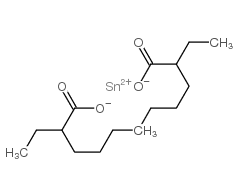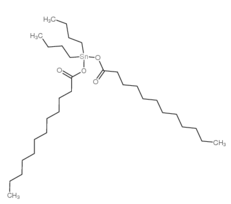Today we introduce several common metal catalysts for polyurethane, including dibutyltin dilaurate and stannous isooctate, which are the best catalysts.
Dibutyltin dilaurate, referred to as T12, was launched earlier by American Air. The viscosity of this catalyst is suitable. It not only catalyzes gels but also has a lot of catalytic effects on foaming. It has strong metallicity. The relevant data are as follows
It is used in polyurethane CASE and foaming materials. It is one of the more common varieties. Different manufacturers use different solvents or additives. The main content is basically dibutyltin dilaurate. If the system is not matched, the catalyst will easily precipitate later, and white powder may appear on the surface.

Another common tin metal catalyst is stannous isooctate, referred to as T9, which has a slightly higher viscosity than T12. Due to the stannous content and the relatively short organic acid carbon chain, it has a higher catalytic efficiency than T12. They are all yellow liquids and are often used together with other amine catalysts in foaming applications, such as A33. Due to its relatively high viscosity, this also means that it requires more dilution than T12 to comply with downstream usage habits. Relevant data are as follows,

Generally speaking, metal catalysts are mainly used for gel reactions, while tertiary amine catalysts are used for foaming reactions. Both are alkaline, and therefore can promote the addition polymerization of polyurethane. Friends add acid to certain raw materials to slow down the foam rising time or increase the operating time to reduce the reaction speed of polyurethane. The two are actually mutually beneficial. The former accelerates polymerization by increasing the electron enrichment of the system, and the latter accelerates polymerization by increasing the electron concentration of the system. The polarity of the system increases competition with NCO to reduce the polymerization rate. As for metals, due to the high energy of their molecular orbitals or the ease of losing electrons, they are more likely to form coordination with NCO first to promote the transfer of hydroxyl hydrogen protons, while tertiary amines are more likely to move the reaction towards the aromatic amine structure due to their similar structures. Carry out, and then rearrange to form carbon dioxide and produce foam.